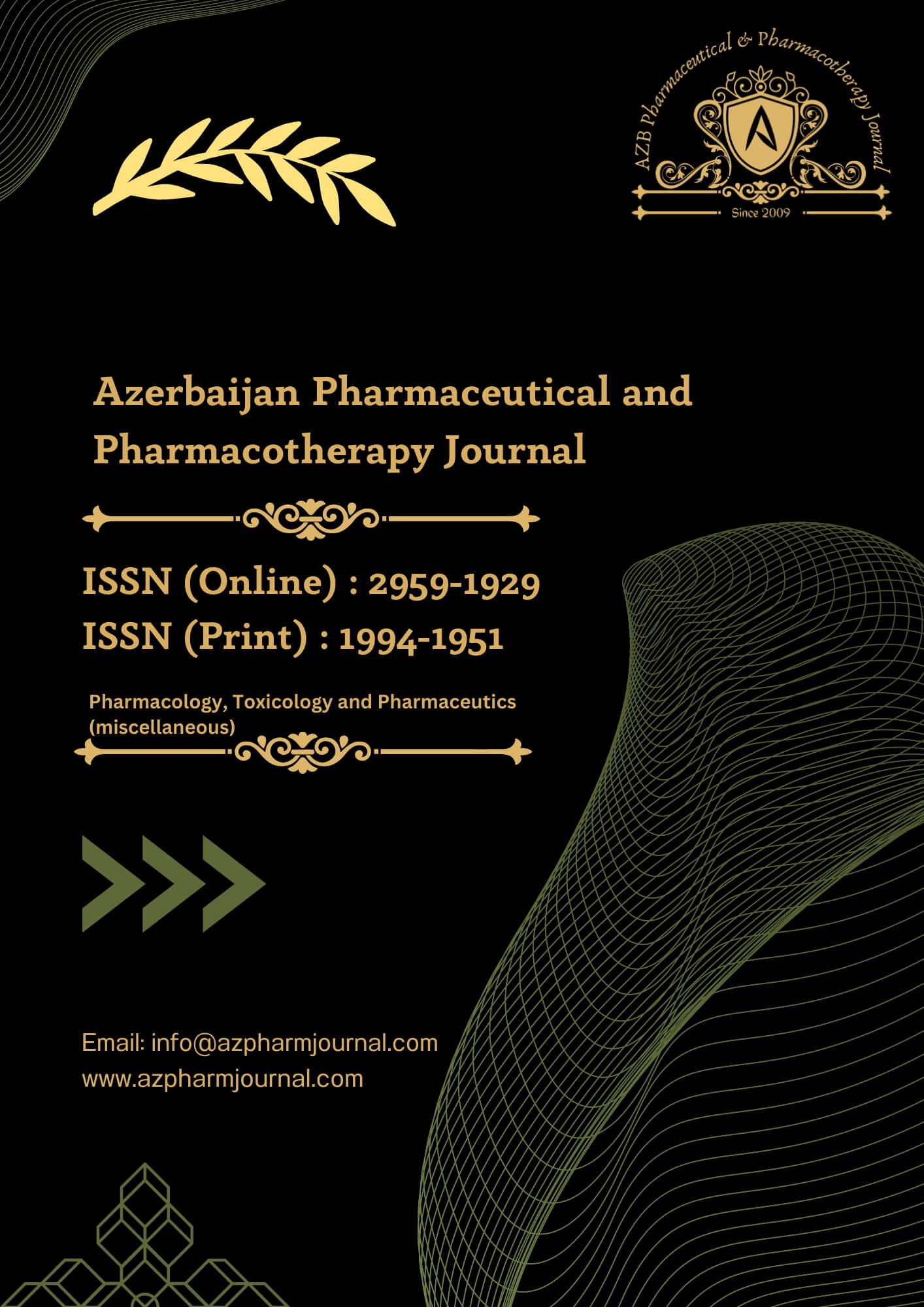This study 100 selected patients with blunt abdominal injury were analyzed at our hospital from May 2019 to May 2020.
In this prospective study, young males appear to be the most commonly affected population of society. Around 9:1 was the male to female ratio in this study. The male preponderance in our study reflects that the greater mobility of males for either work, such as drivers and mechanics for automobiles or recreational activities may be resulting in a higher exposure to the risk of traffic injuries.Similarly, J. Davis et al6fond 7:3 ratio in male female.
In our study, automobile accidents accounted for 78% of cases. This was equivocal with other studies conducted by Perry7 and Morton et al.8 Thus prevention of accidents can decrease fatality. Similarly, RTA is the most common mechanism of injury in studies by N. Mehta & colleagues9and Jayant et al10, as compared to fall and blows to abdomen.
Abdominal injuries are commonly associated with other injuries, and these may complicate the management and affect the outcome. In this study, 60 (60%) patients had other associated injuries.
The most common were the chest injuries that occurred in 29 (29 %) patients. In our reference studies chest injuries were the commonest association as 40% in N. Mehta & colleagues9 and 27% in J. Davis et al6.
Most of the patients (81 %) were presented to hospital within 4 hours after injury.
This was similar to another study in Uganda which found that two-thirds of patients in Kampala arrive in hospital within thirty minutes.11 In studies reviewed (from UK and Australia), trauma patients reach a competent trauma center in the shortest time possible, usually less than one hour.
In Qamari et al12 study, the sensitivity and specificity of FAST in detecting intra-abdominal free fluid was calculated to be 91.9% and 94.34 % respectively. In this study, FAST was the commonest tool used to diagnose patients with abdominal injuries. CT scan was done in pts who were having doubtful diagnosis, and in relatively stable patients after resuscitation. It identified the organ injuries effectively.
Spleen was the commonest organ injured (55%), followed by liver (42%), which is in comparison with our reference studies.
In both splenic and liver injury most common are grade 2 injuries.thus, most patients depending on the haemodynamic stability and associated injuries can be managed conservatively.
Table 5: Comparative analysis
|
Organ
|
Present study
|
J. Davis et al6
|
N. Mehta & colleagues9
|
Mohapatra et al13
|
Khanna et al14
|
Jayant et al10
|
|
Spleen
|
55%
|
24%
|
53%
|
27%
|
26%
|
34.3%
|
|
Liver
|
42%
|
16%
|
35%
|
47%
|
37%
|
54.3%
|
|
Kidney
|
10%
|
7%
|
17%
|
14.6%
|
|
5.7%
|
|
Pancreas
|
2%
|
|
|
8.3%
|
|
5.7%
|
The most common presenting symptoms in patients with blunt abdominal trauma in the present study was abdominal pain (99%) followed by vomiting and altered sensorium in 15% each.
The most common presenting sign was abdominal tenderness (85%) followed by tachycardia (59%) and abdominal guarding in 40%which is similar to study ofJayant et al.10
In this study, there was more than one solid organ involvement in 7 cases.
81(81%) of patients were managed successfully with conservative management.Similarly, Jayant et al10found that 86.7% were treated conservatively and 84% in a study conducted by Reina et al15
- 19 (19%) patients in this study underwent a laparotomy. Spleen (55%) was the most common organ injured and splenectomy was the commonest treatment for higher grade splenic injuries. Out of 55 patients with splenic injury, 13 (23%) underwent exploration and rest 42 (77 %) were managed conservatively.
- Like other centres, conservative approach has been used and practiced in our centre also. Most of the injuries in both liver and spleen were grade 2 lesion on CECT and patients were hemodynamically stable so were managed conservatively.
This is in agreement with Wasimibrahimet al. in their study in Egypt hat reported more than 46% of patients treated operatively with most of them subjected to splenectomy. Currently non operative treatment is attempted in patients with splenic injuries.16
3 mortalities were noted in this study. All these 3 were operated and had grade 4 injuries
